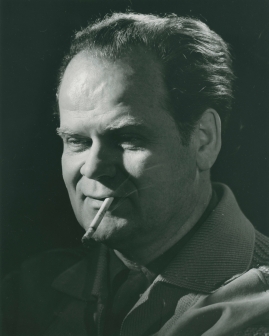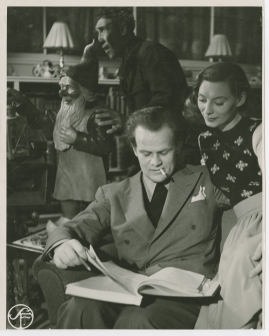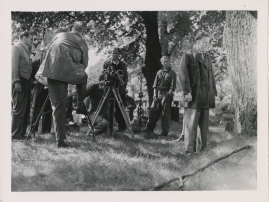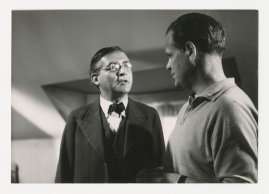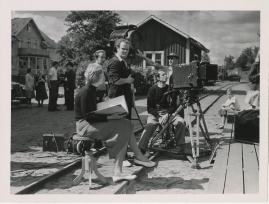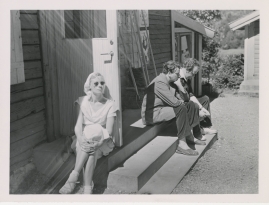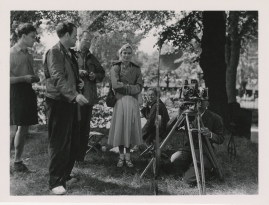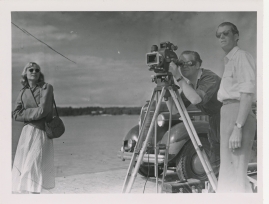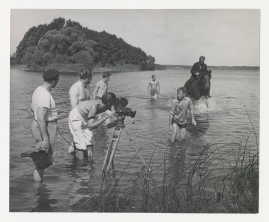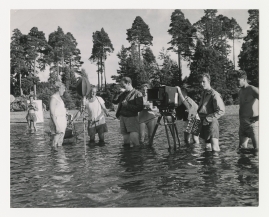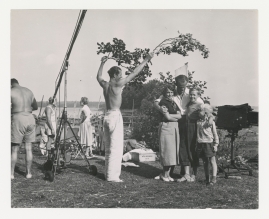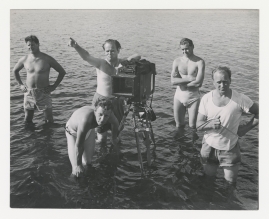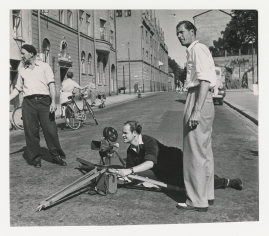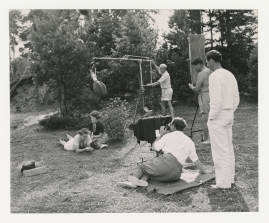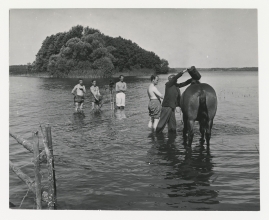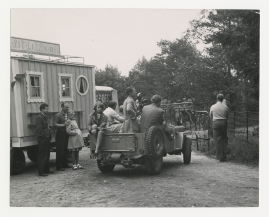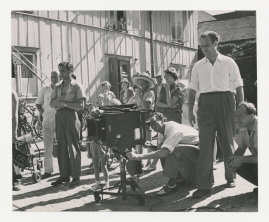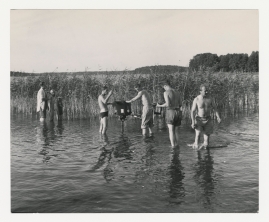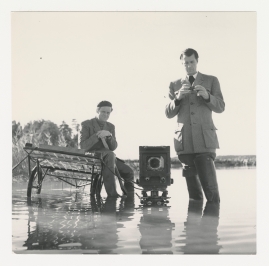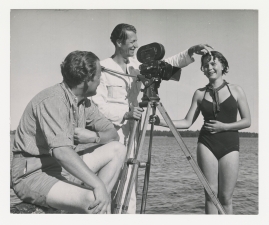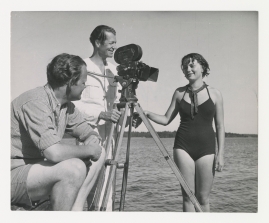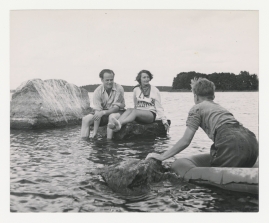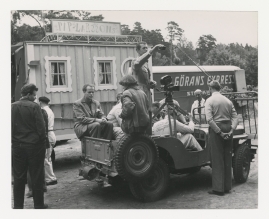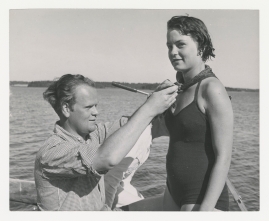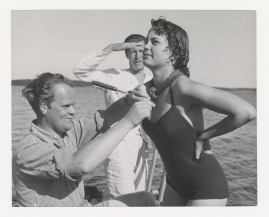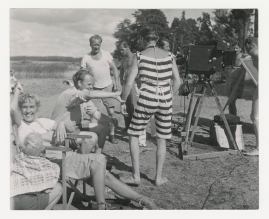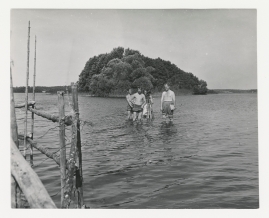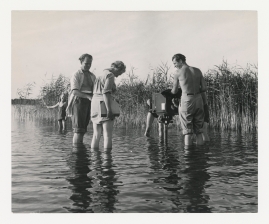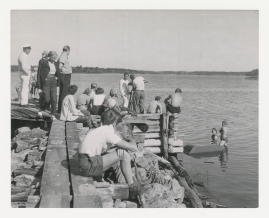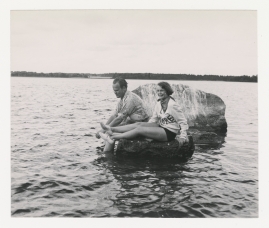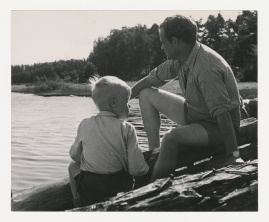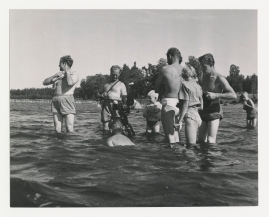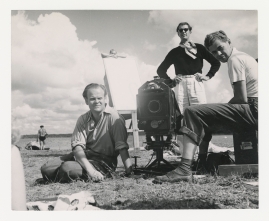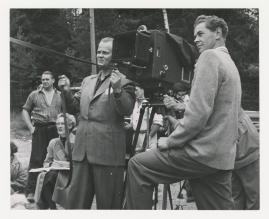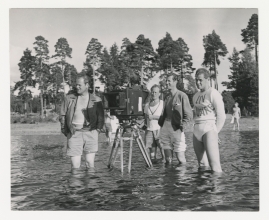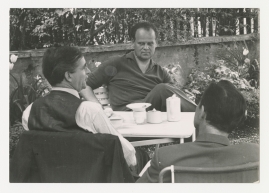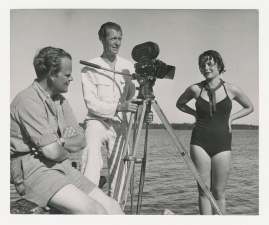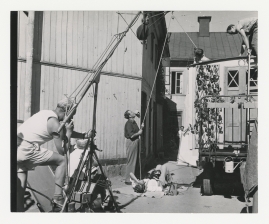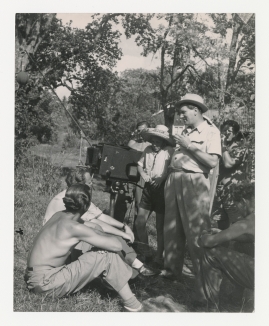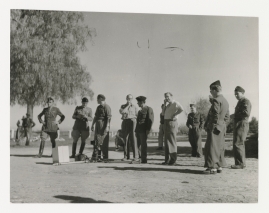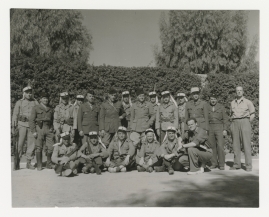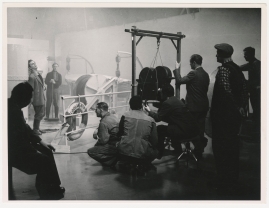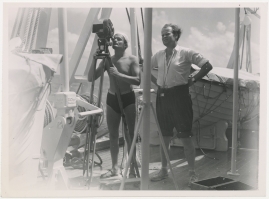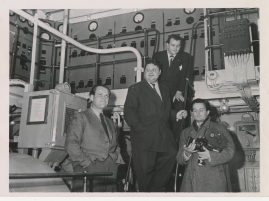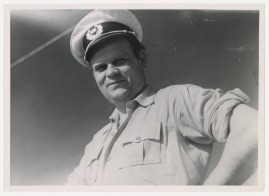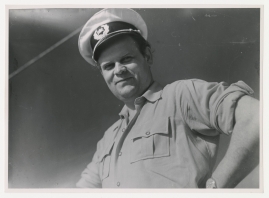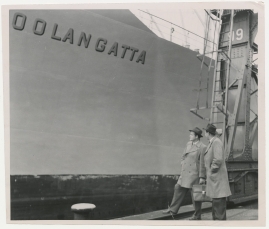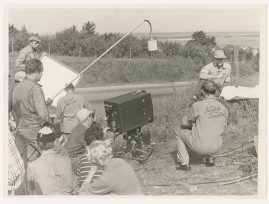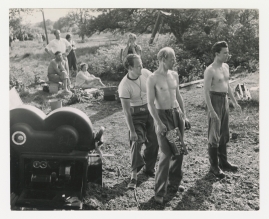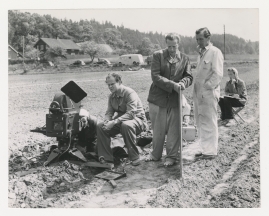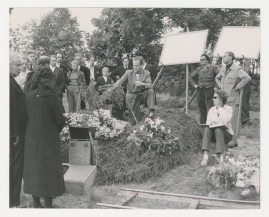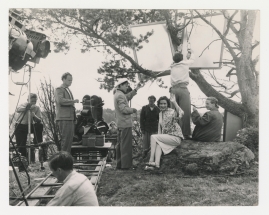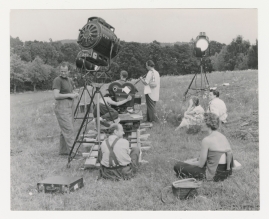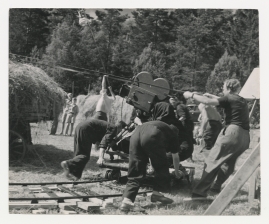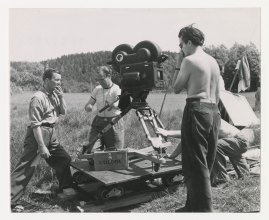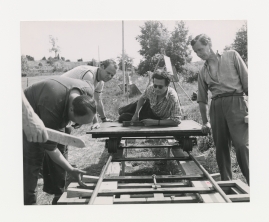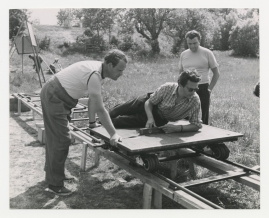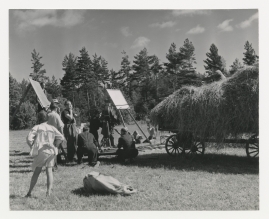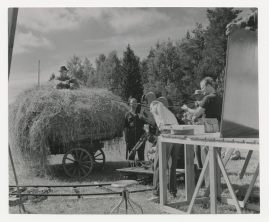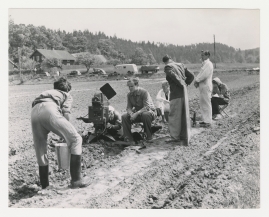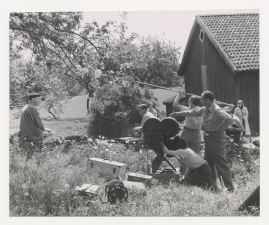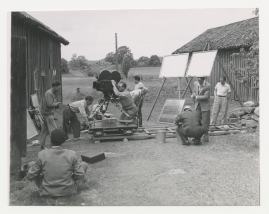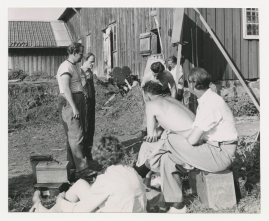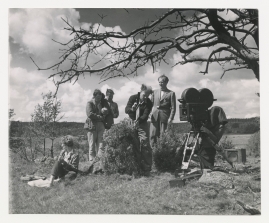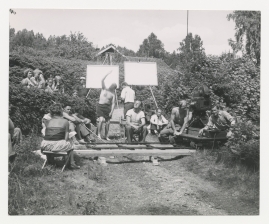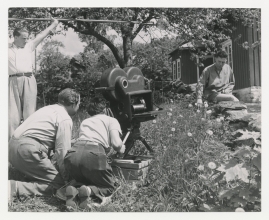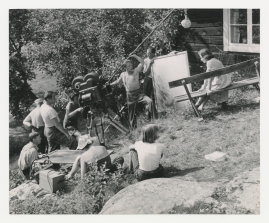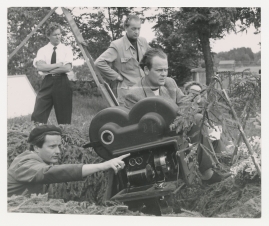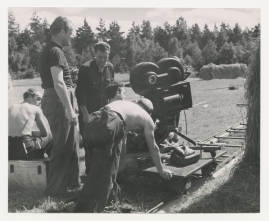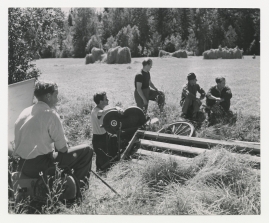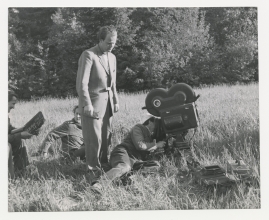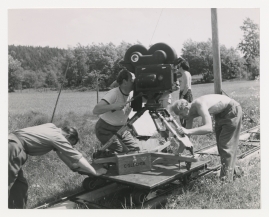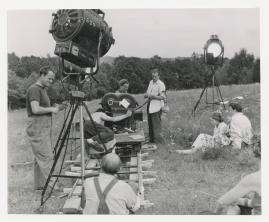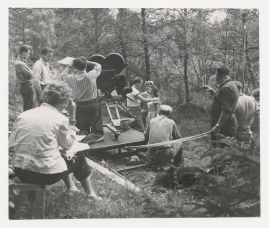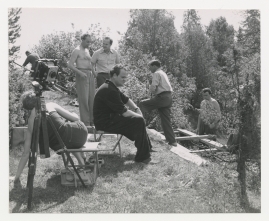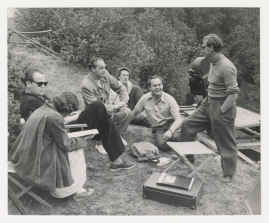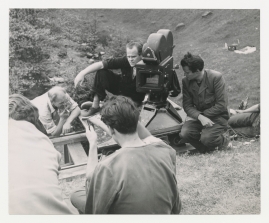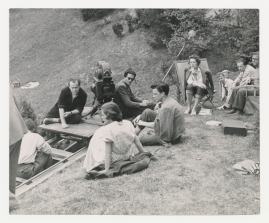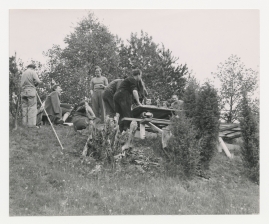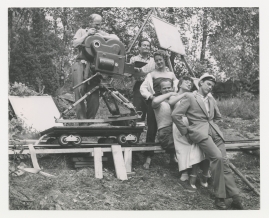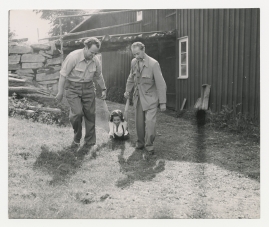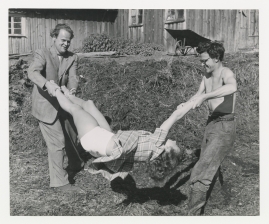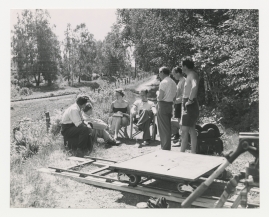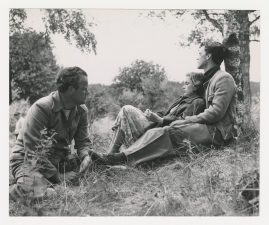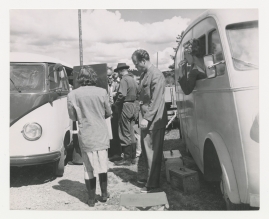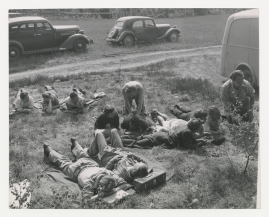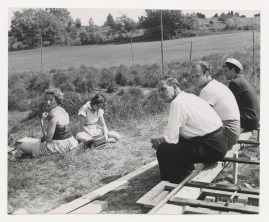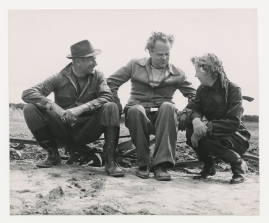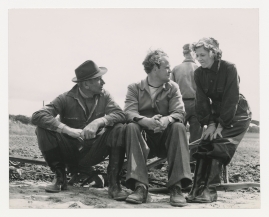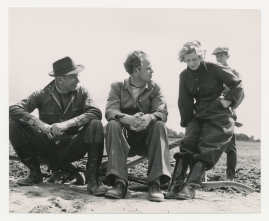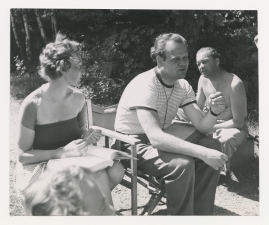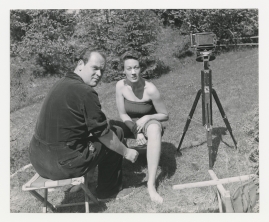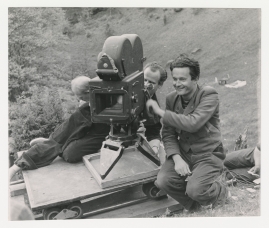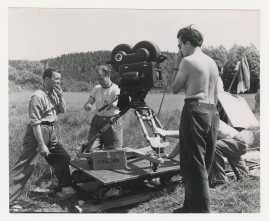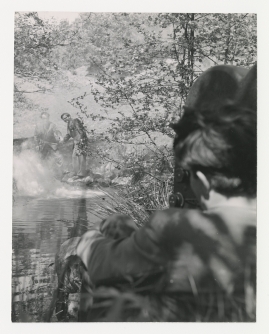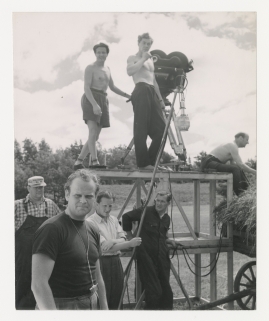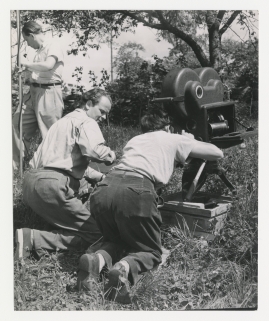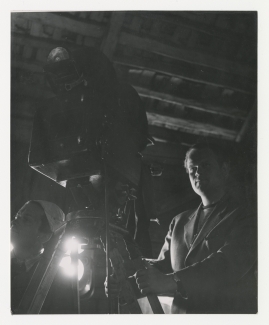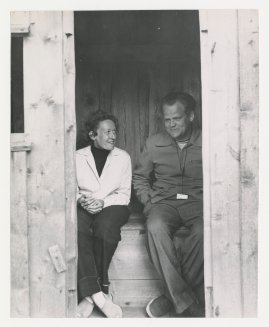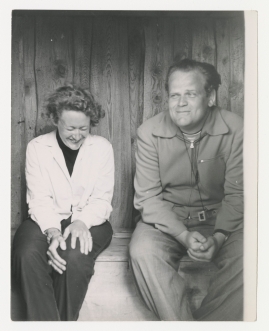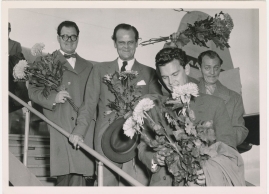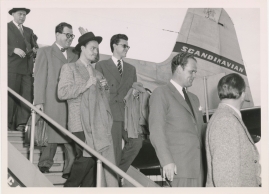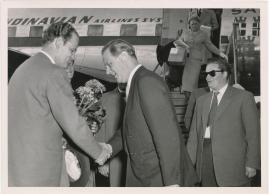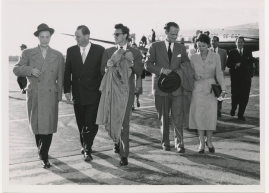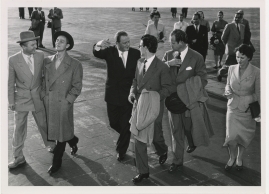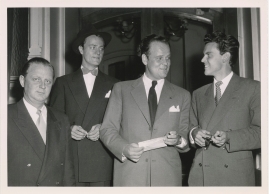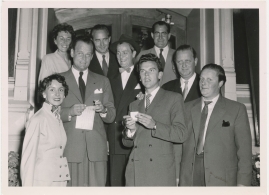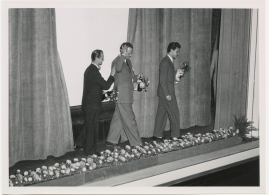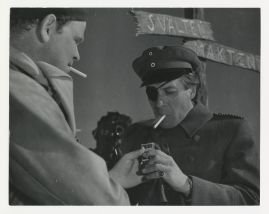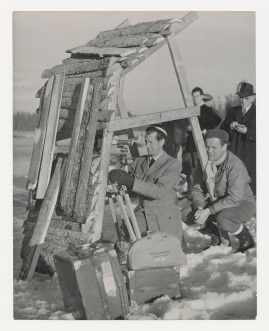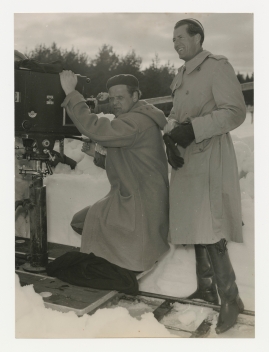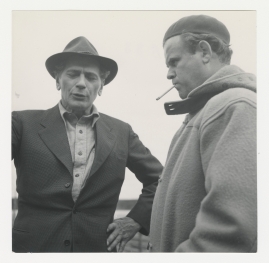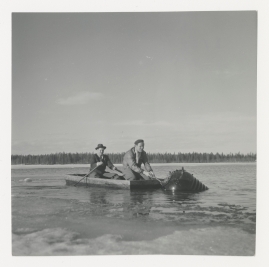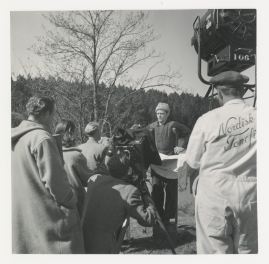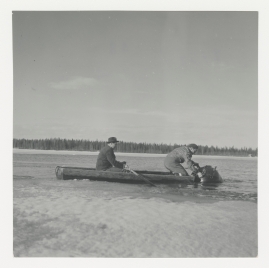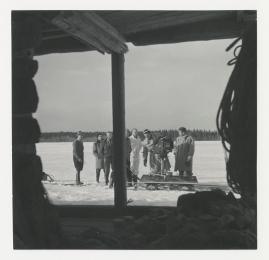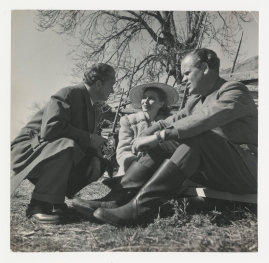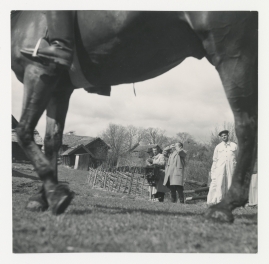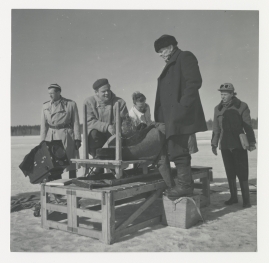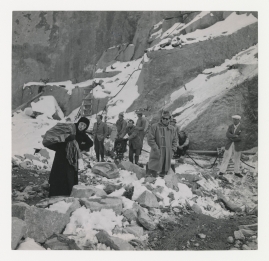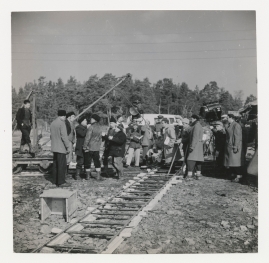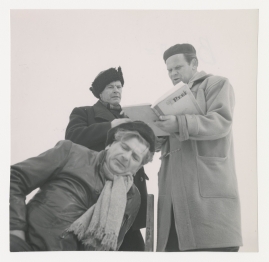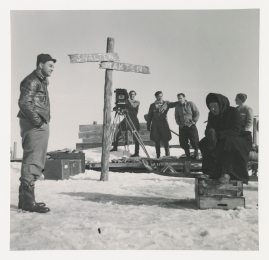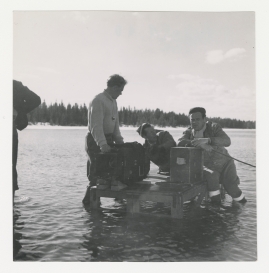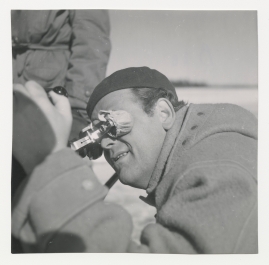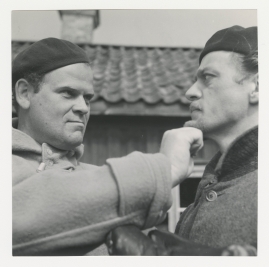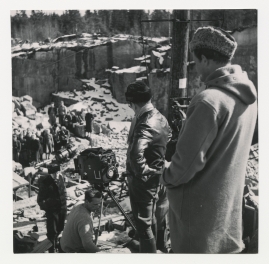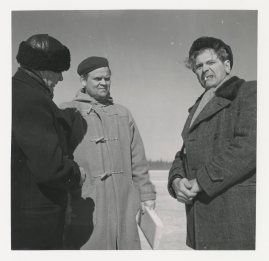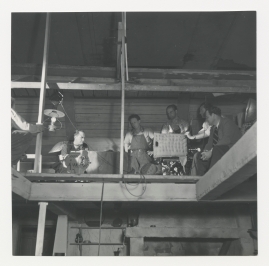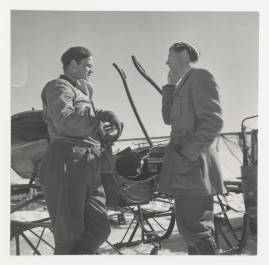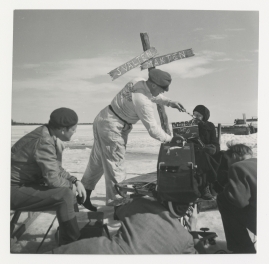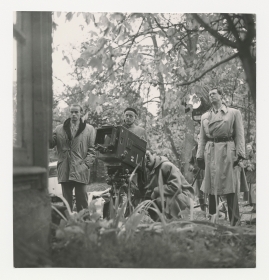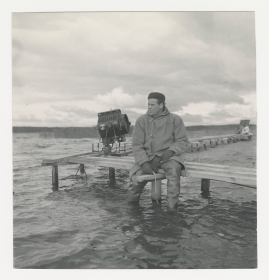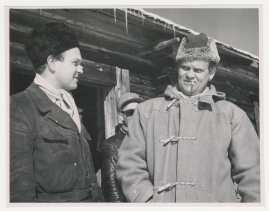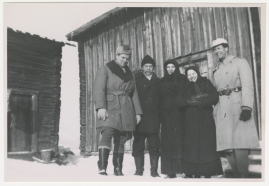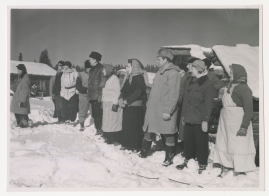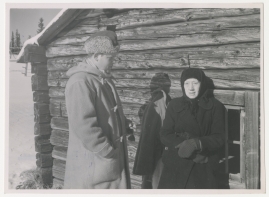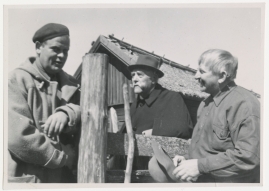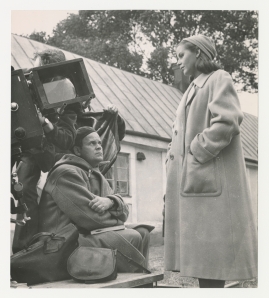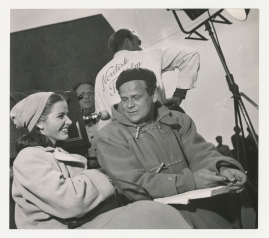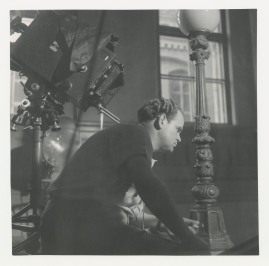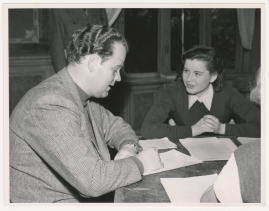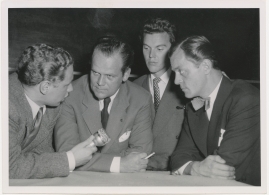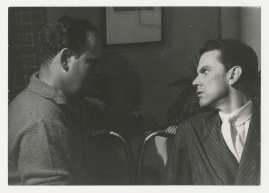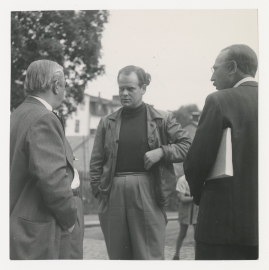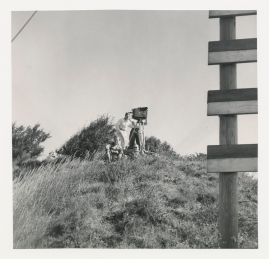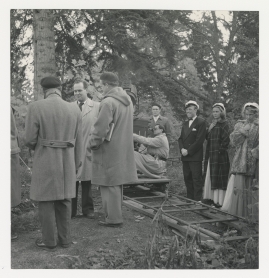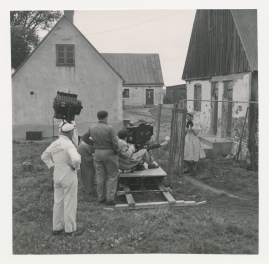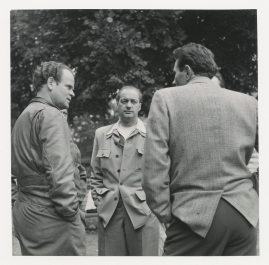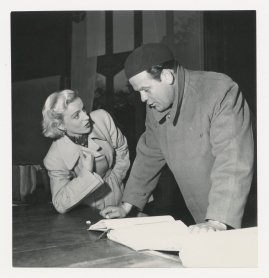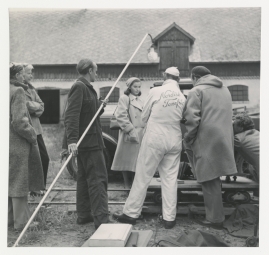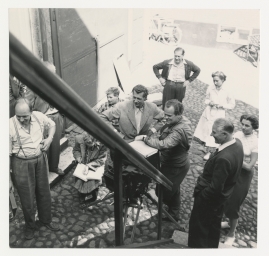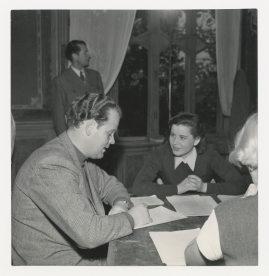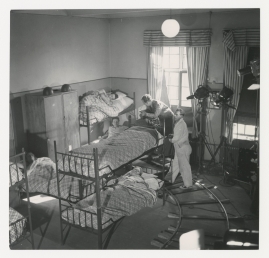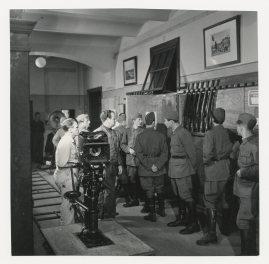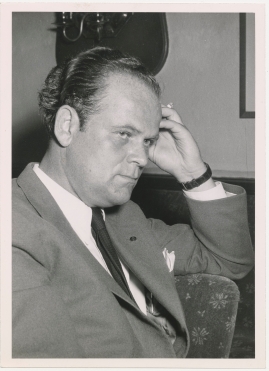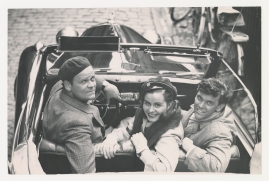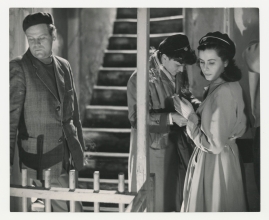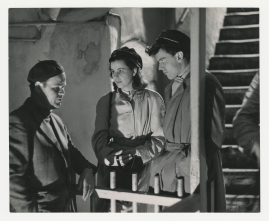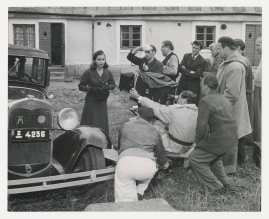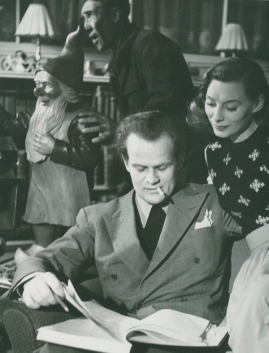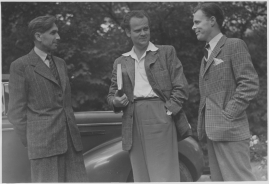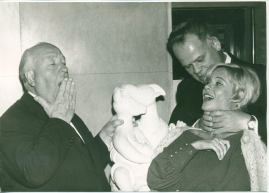Arne Mattsson
Table of contents
- Basic facts
- Links and resources
- Biography
- Awards
- Films
- Original work
- Soundtrack listing
- Groups
Basic facts
Media (166)
| Director |
|
|---|---|
| Screenplay |
|
| Show all films | |
| Awards |
|
Biography
Svensk regissör. Född i Uppsala. Regissör på produktionsbolaget Lux 1944-47, SF 1947-50, Nordisk Tonefilm 1950-56, Sandrews 1956-61, därefter frilans. Började som klippare och manusförfattare.-Arne Mattsson is probably best remembered for One Summer of Happiness (Hon dansade en sommar, 1951), the film based on Per Olof Ekström's novel which put "Swedish Sin" on the world map. At the 1952 Cannes Film Festival, Sven Sköld picked up the award for best music and later the same year the film was awarded the Golden Bear at the Berlin Film...
Links and resources
Biography
Svensk regissör. Född i Uppsala. Regissör på produktionsbolaget Lux 1944-47, SF 1947-50, Nordisk Tonefilm 1950-56, Sandrews 1956-61, därefter frilans. Började som klippare och manusförfattare.
-
Arne Mattsson is probably best remembered for One Summer of Happiness (Hon dansade en sommar, 1951), the film based on Per Olof Ekström's novel which put "Swedish Sin" on the world map. At the 1952 Cannes Film Festival, Sven Sköld picked up the award for best music and later the same year the film was awarded the Golden Bear at the Berlin Film Festival.
Finding a straight line through Mattsson's extensive list of productions is scarcely possible: he was not an auteur who kept coming back to the same theme, but rather a craftsman and jack-of-all-trades of the cinema who worked in all genres.
Mattsson began his career as a screenwriter before making his directorial debut at the age of 24. One early success was his comedy Sussie (1945), starring Gunnar Björnstrand and Marguerite Viby in sparkling form. Two other comedy successes were Flickan i frack ('Girl in Tails',1956), based on a novel by Hjalmar Bergman, and Lend Me Your Wife (Får jag låna din fru?, 1959). But there were relatively few comedies in Mattsson's output. Far more common were full-bodied film dramas, often in various working class settings and in rural environments. His early film Railroad Workers (Rallare, 1947), which centres on building a railway in the extreme north of Sweden, is memorable, with Victor Sjöström playing the part of a larger-than-life leader of the workers. Hård klang ('Hard Timbre', 1952) is a class war drama about stonecutters in the west of Sweden and Salka Valka (1954), based on a novel by the Nobel Prize-winning author Haldór Kiljan Laxness, is the story of love and a strike among Icelandic fishermen. Männen i mörker ('The Men in the Dark', 1955), set in a mining community where five men are trapped underground following a pit collapse, is a powerful drama which, in my opinion, was badly misjudged by the critics of the time. Kärlekens bröd ('Bread of Love', 1953), an intense psychological drama set during an anonymous war (in Peder Sjögren's novel it was the Finnish Winter War of 1939-1940), drew more critical acclaim, and rightly so. It is perhaps Arne Mattsson's best film of all.
He also filmed some remakes of earlier successes such as Hemsöborna ('Natives of Hemsö', 1955) (the third film version of the story, this time in colour) and Phantom Carriage (Körkarlen, 1958). The former was successful, the latter less so: Mattsson's version failed to convey the atmospheric mystery that hangs over Victor Sjöström's classic film, following instead a far too heavy tradition of realism.
In the late 1950s Mattsson formed a partnership with the crime writer Folke Mellvig who had written stories for radio about the private detective John Hillman (Karl-Arne Holmsten) and his wife Kajsa (Annalisa Ericson). The upshot was a series of five films made between 1958 and 1963: Damen i svart ('The Lady in Black'), Mannequin in Red (Mannekäng i rött), Ryttare i blått ('Horseman in Blue'), Vita frun ('White Lady') and Den gula bilen ('The Yellow Car'). The first two films were both box office and critical successes, after which the quality became variable. Mattsson was called "a Swedish Hitchcock", which was wide off the mark: whereas Hitchcock had someone under threat at the centre of his stories, the Hillman films - apart from Den gula bilen - were traditional whodunits: murder mysteries in need of a solution.
Arne Mattsson's output as a director was also prolific throughout the 1960s, often several films per year, but the quality was very uneven. In effect only two films are outstanding, The Doll (Vaxdockan, 1962), with its screenplay by Lars Forssell, the story of a night watchman who falls in love with a mannequin which comes to life in his imagination, and Yngsjömordet ('The Yngsjö Murder', 1966) with a frenetic Gunnel Lindblom in the role of the jealous and manipulative Anna Månsdotter who murders her son's wife.
When two of his films flopped in the early 1970s Mattsson stopped making films in Sweden. During the 1980s, however, he made a number of films abroad, the last of which in collaboration with Mats Helge (Olsson).
Arne Mattsson was an uneven director whose strength lay in realistic storytelling and imaginative settings. His films became more variable with the years, but during the 1950s he was certainly one of the top ranking Swedish film directors.
Gunder Andersson (2011)
(translated by Derek Jones)
Awards
| Swedish Film Society Prize | Stockholm | 1953 | (plakett) |
|---|
Films
Soundtrack listing
| Composer |
|---|
